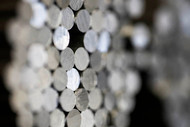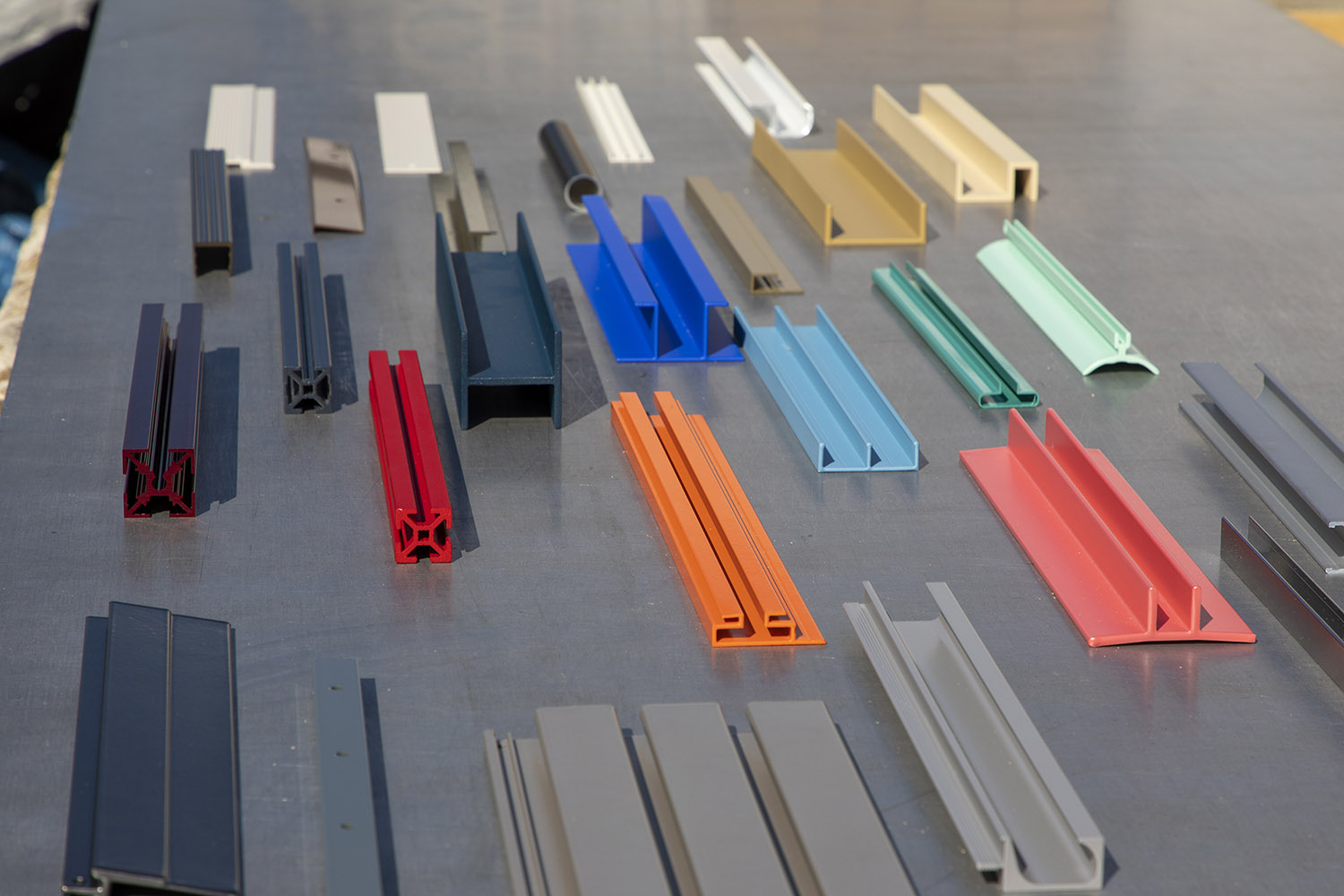Decoding the Dichotomy: Difference Between Aluminum & Aluminium

Language is a fascinating aspect of human communication, often leading to intriguing variations and inconsistencies across regions. The terms "aluminum" and "aluminium" exemplify this linguistic diversity. In this blog post, we will delve into the distinction between aluminum and aluminium, exploring their origins, usage, and the regional differences that have given rise to these two spellings for the same element.
A Tale of Two Spellings
The root of the disparity lies in the naming of the 13th element in the periodic table. When Sir Humphry Davy discovered this lightweight, silvery-white metal in 1807, he initially named it "alumium." However, he later revised it to "aluminum" to maintain consistency with other elements ending in "-um." In contrast, the British chemist Sir Joseph Black, along with his contemporaries, preferred the spelling "aluminium," following the pattern of elements ending in "-ium" such as potassium and sodium.
Regional Preferences
The discrepancy between "aluminum" and "aluminium" stems from the variations in spelling conventions between American English and British English. In the United States, "aluminum" is the accepted and widely used term, while in most other English-speaking countries, including the United Kingdom, Canada, and Australia, "aluminium" is the prevalent spelling. These regional preferences have become deeply entrenched and are reflected in scientific literature, manufacturing practices, and everyday language.
Harmonization Efforts
Over time, attempts have been made to reconcile these differing spellings and establish a unified terminology. In 1812, the British scientist Thomas Young proposed the name "aluminium" to align with the naming conventions of other elements. However, the simplified version "aluminum" gained popularity in the United States and gradually became the dominant spelling worldwide. Despite these efforts, both spellings persist, largely due to linguistic inertia and the influence of established usage within different regions.
Impact on Industries
The divergent spellings of "aluminum" and "aluminium" have had minimal impact on the physical properties or industrial applications of the metal itself. Both terms refer to the same element with the atomic symbol Al. The aluminum/aluminium industry spans a wide range of sectors, including aerospace, construction, automotive, packaging, and electronics. Regardless of the spelling used, the metal's exceptional characteristics, such as its lightweight nature, excellent conductivity, and corrosion resistance, continue to drive its widespread utilization.
Bridging the Gap
In recent years, there has been a trend toward harmonization in the scientific community. Organizations like the International Union of Pure and Applied Chemistry (IUPAC) officially recognized "aluminium" as the correct spelling in 1990, attempting to unify scientific terminology. However, outside the scientific realm, the usage of "aluminum" remains dominant, particularly in countries that historically adopted that spelling.
The distinction between "aluminum" and "aluminium" lies primarily in regional preferences and variations in spelling conventions. Both terms refer to the same element, symbolized by Al, and possess identical physical properties and industrial applications. While efforts to standardize the terminology have been made, the prevalence of each spelling continues to be influenced by linguistic traditions within different regions. Regardless of the spelling used, the incredible versatility and wide-ranging applications of this metal remain constant, contributing to its global significance in various industries.



